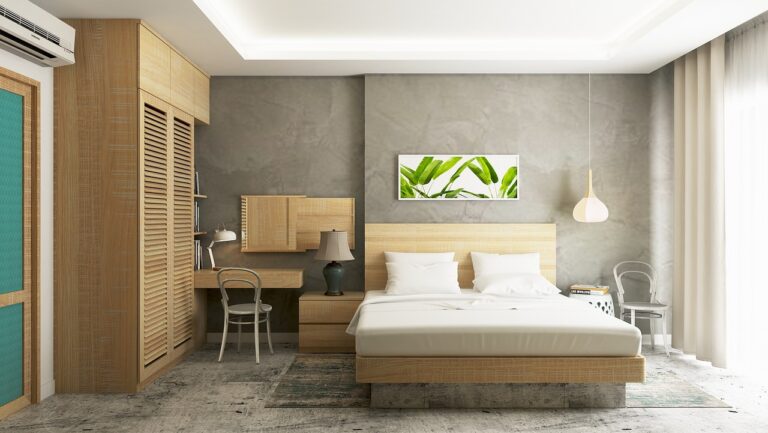How to Create an Indoor Herb Garden: Growing Fresh Herbs Year-Round
Growing fresh herbs indoors can provide a myriad of benefits for both seasoned gardeners and beginners alike. With the ability to have easy access to a variety of flavorful herbs right at your fingertips, indoor gardening can elevate your culinary creations to new heights. Whether you have limited outdoor space or simply want to enjoy fresh herbs year-round, cultivating an indoor herb garden can be a rewarding and convenient endeavor.
In addition to enhancing the taste of your dishes, growing herbs indoors can also add a touch of greenery and freshness to your living space. The lush green foliage of herbs such as basil, mint, and thyme can serve as a natural air purifier, improving the overall air quality in your home. Not only are indoor herb gardens aesthetically pleasing, but they can also help create a calming and relaxing atmosphere, making them a delightful addition to any indoor environment.
Choosing the Right Herbs for Your Indoor Garden
When selecting herbs for your indoor garden, it’s important to consider the space and lighting conditions you have available. Herbs like basil, mint, and parsley thrive in bright light, while others such as chives, cilantro, and thyme can tolerate lower light levels. Take into account the specific requirements of each herb to ensure they will flourish in your indoor environment.
Another factor to keep in mind when choosing herbs is your own culinary preferences. If you love cooking Italian dishes, you might want to grow basil, oregano, and rosemary. For those who enjoy making fresh salads, consider planting herbs like dill, tarragon, and parsley. Selecting herbs that you regularly use in your cooking will not only enhance your dishes but also make your indoor garden more enjoyable to tend to.
Selecting the Best Location for Your Indoor Herb Garden
When choosing a location for your indoor herb garden, consider providing ample sunlight for your herbs to thrive. Most herbs require at least 6 hours of sunlight per day, so placing your herb garden near a south-facing window is ideal. If natural light is limited in your space, you can use artificial grow lights to supplement the light requirements of your herbs.
Additionally, ensure that the location you choose has good air circulation. Stagnant air can lead to the development of mold and pest infestations, which can harm your herb plants. Placing your indoor herb garden in a well-ventilated area or using a small fan to promote air circulation can help maintain a healthy growing environment for your herbs.
What are the benefits of growing fresh herbs indoors?
Growing fresh herbs indoors allows you to have easy access to flavorful and aromatic herbs for cooking. It also adds beauty to your home and can improve indoor air quality.
How do I choose the right herbs for my indoor garden?
Choose herbs that you frequently use in your cooking and ones that will thrive in an indoor environment. Consider factors such as sunlight requirements and the amount of space available.
What is the best location for an indoor herb garden?
The best location for an indoor herb garden is a spot that receives plenty of sunlight, such as a south-facing window. Make sure the area is well-ventilated and away from drafts.
Can I grow herbs in a room with low light?
Some herbs can tolerate low light conditions, but most herbs require at least 6-8 hours of sunlight per day. If you have low light, consider using a grow light to supplement the sunlight.
How often should I water my indoor herb garden?
The frequency of watering will depend on the type of herb and the conditions in your home. Generally, herbs prefer to dry out slightly between waterings, so monitor the soil moisture and adjust accordingly.






